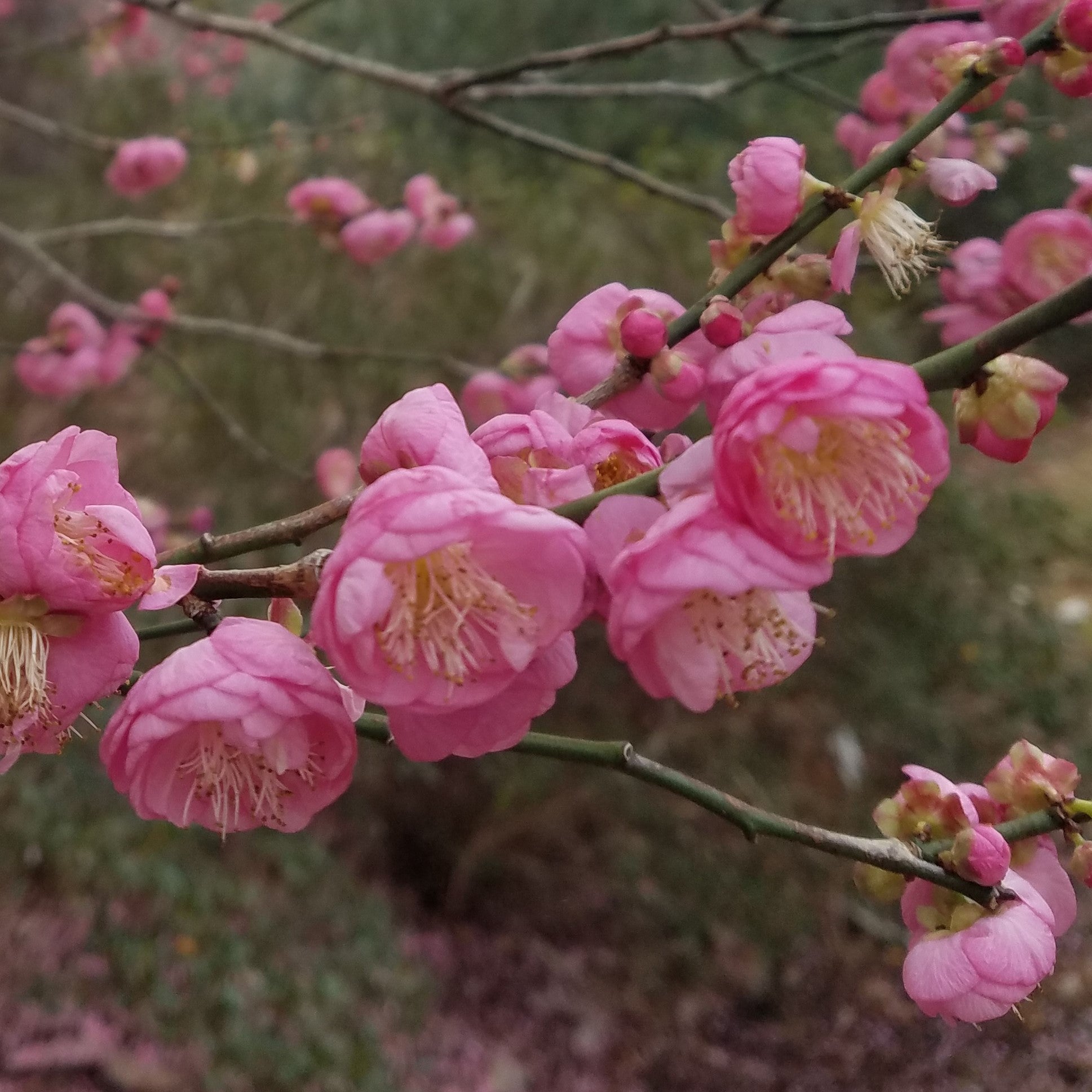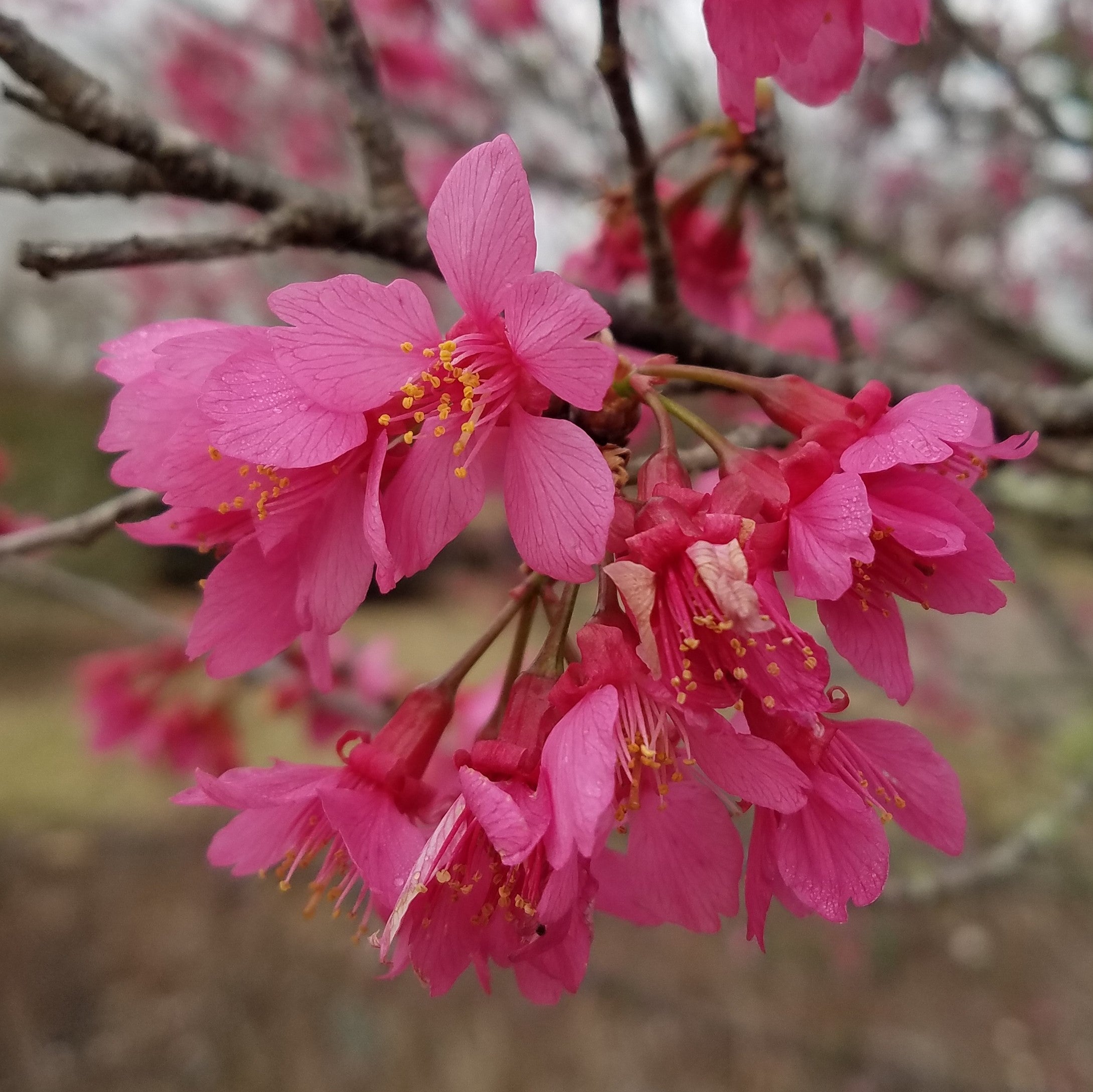Many Plants Need Time to Chill
Published 5:30 am Sunday, January 29, 2023

- Prunus mume ‘Peggy Clarke’
|
Getting your Trinity Audio player ready...
|
Within the last few weeks, we’ve seen flowers on Japanese magnolias, Japanese flowering apricot (Prunus mume), and Kwanzan cherry. Likewise, some blueberry varieties are already in bloom.
What determines when a plant flowers?
Deciduous plants in temperate climates go into dormancy in the winter. They need a way to determine when it’s safe to wake up. Exposure to a sufficient extent of cold temperatures, followed by warm temperatures favorable for growth, is involved in this process.
A number of models have been developed to account for plants’ chilling exposure. The simplest of these counts temperatures at or below 45 degrees F. Another common model only accounts for temperatures between 32 and 45 degrees F, because excessively cold temperatures don’t contribute to satisfying plants’ chilling requirements.
If a plant requires too many chilling hours for its location, it won’t bloom (and fruit, as applicable) abundantly on a regular basis. At the same time, if a plant has a chilling requirement that’s low for its location, it’s likely to bloom early, when we have a warm period during the winter, and have flowers or fruit damaged by late freezes.
In the case of plants that we grow primarily for their flowers, the latter situation isn’t that big of a deal. We enjoy the blooms of Japanese magnolias and flowering cherries for a time, and if their flowering period is shortened by a freeze, they’ve still brightened our days. However, in the case of fruiting plants, such an event reduces or eliminates the harvest that we would have reaped.
This is a concern for fruit crops like blueberry and peach that bloom early in the growing season and is one reason that appropriate variety selection is important. (Some fruits – like muscadine grape and blackberry – don’t tend to bloom before late freezes even if their chilling requirements are satisfied.)
So how many chilling hours does your location get?
Colleagues with the LSU Department of Geography and Anthropology and Southern Climate Impacts Planning Program recently produced maps of Louisiana based on chill hours received between October 1 and February 28, over a recent 30-year period.
They made maps using two common chilling models. For each model, they produced maps showing the average (median) number of chill hours received. Because most of us don’t want to grow plants that only receive adequate chilling in half of years, they also made tenth percentile maps. In other words, in all of but three of thirty years, locations received at least the indicated number of chill hours.
These maps can be found in the article titled “Louisiana Chill Hour Maps Available” on the LSU AgCenter website.
Let me know if you have questions.
Dr. Mary Helen Ferguson is an Extension Agent with the LSU AgCenter, with horticulture responsibilities in Washington and Tangipahoa Parishes. Contact Mary Helen at mhferguson@agcenter.lsu.edu or 985-277-1850 (Hammond) or 985-839-7855 (Franklinton).





